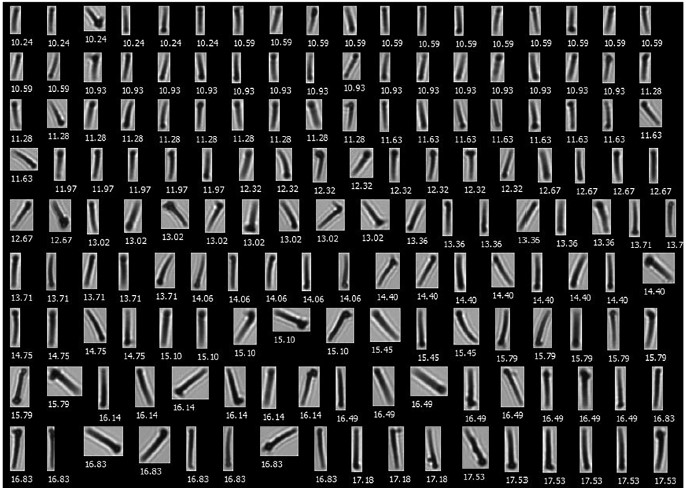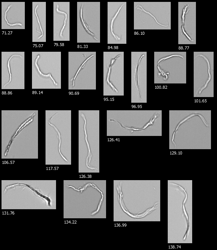From the time of Arthurian legends, fantasy novels like Harry Potter, and across the galaxies of the Klingon empire, cloaking technology has captivated the imagination of science fiction enthusiasts as the ultimate mode of stealth through invisibility.
While cloaking devices seem firmly positioned in the worlds of magic and science fiction, researchers at Duke University are seeing things differently. In their recent publication in Advanced Functional Materials1, Guo S. et al. describe the development of a light-bending aerosol called “one-way smoke”. Using unique chemical synthesis methods, they have engineered copper-based particles that can scatter light in opposing directions – making objects visible from one direction and invisible from another. Optical camouflage is no longer the material of fictional fodder, and controlled invisibility is now in sight.
The ability to create asymmetric vision relies on micro-sized particles that have very specific light-diffracting shapes. The “one-way smoke” scientists at Duke used FlowCam to rapidly characterize the geometry of millions of particles before identifying the most robust chemical reaction conditions to yield what they call “microclub” particles. The colloidal synthesis process used to tune the octahedral head and extended shaft-like microclub morphology was monitored by FlowCam to quantify both the yield and length variations. FlowCam proved an efficient analytical tool for high-throughput screening of various colloidal synthesis methods.

Above: Guo et al. "Figure 3. The FlowCam image library used for determining the yield of microclubs in a larger population (100k+) of particles. The number below each particle is the length of microclub (in µm)." The sample was imaged using a FlowCam 8100 instrument with a 20X objective lens, 80 µm FOV flow cell, and a 0.5 mL syringe.
FlowCam is a precision flow imaging microscopy (FIM) instrument that captures high-resolution digital images of subvisible particles. Using FIM, FlowCam software VisualSpreadsheet measures advanced morphological parameters directly from the particle images and provides accurate physical dimensions of each particle in a sample. The statistical particle property values provided by FlowCam support robust high throughput analysis of sample composition, which enables rapid screening and as shown here in the Guo et al. study, identification of optimal colloidal synthesis methods.
In addition to the morphological analysis of microorganisms and particles in biopharmaceutical formulations, FlowCam is an important instrument for the characterization of inorganic nanocrystals synthesized from traditional colloidal methods, as demonstrated in the asymmetric vision development of “one-way smoke”. Any way you look at it, FlowCam is a clear and present choice for particle imaging analysis.
References
1. Shichen Guo, Michael Boyarsky, S. Avery Vigil, Yifan Yu, Ivan A. Moreno-Hernandez, Michael E. Gehm, Benjamin J. Wiley, "Toward One-Way Smoke: Synthesis of Copper-Based Microclubs with Asymmetric Scattering and Absorption." Advanced Functional Materials. March 17, 2024 https://doi.org/10.1002/adfm.202315289











